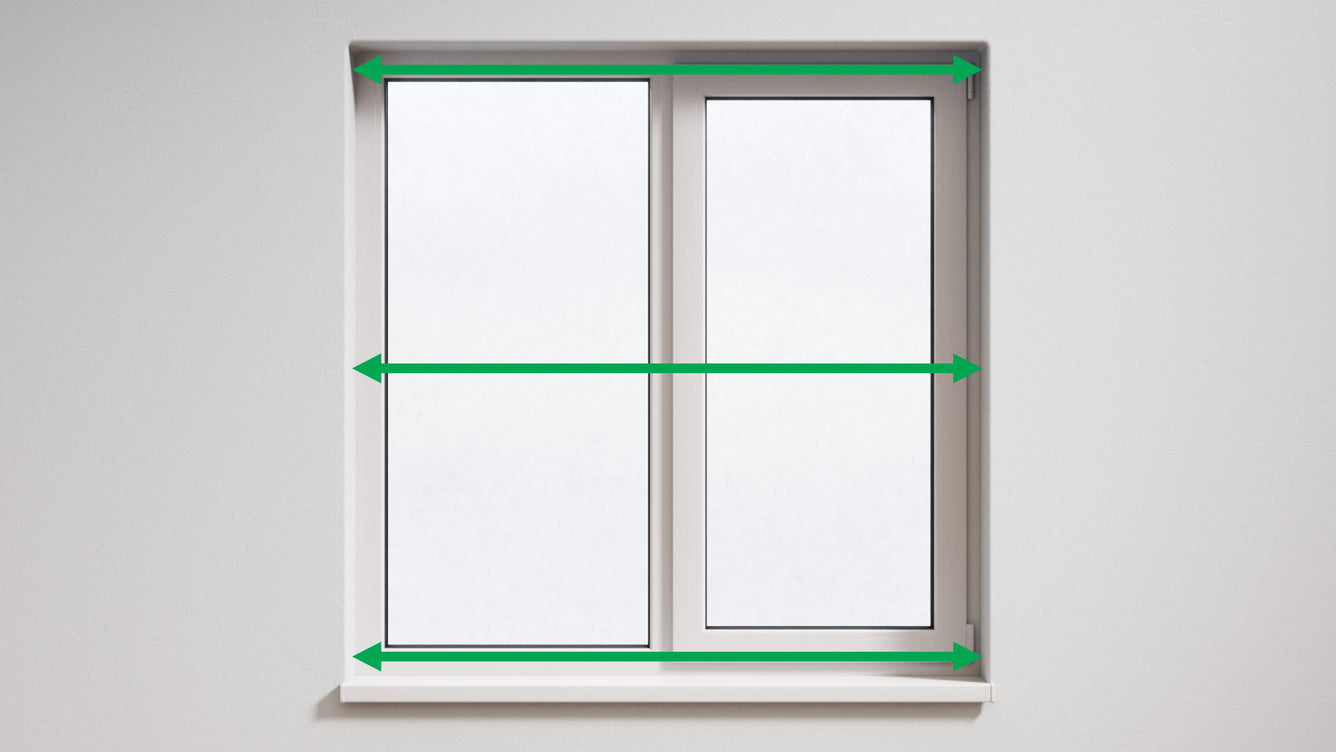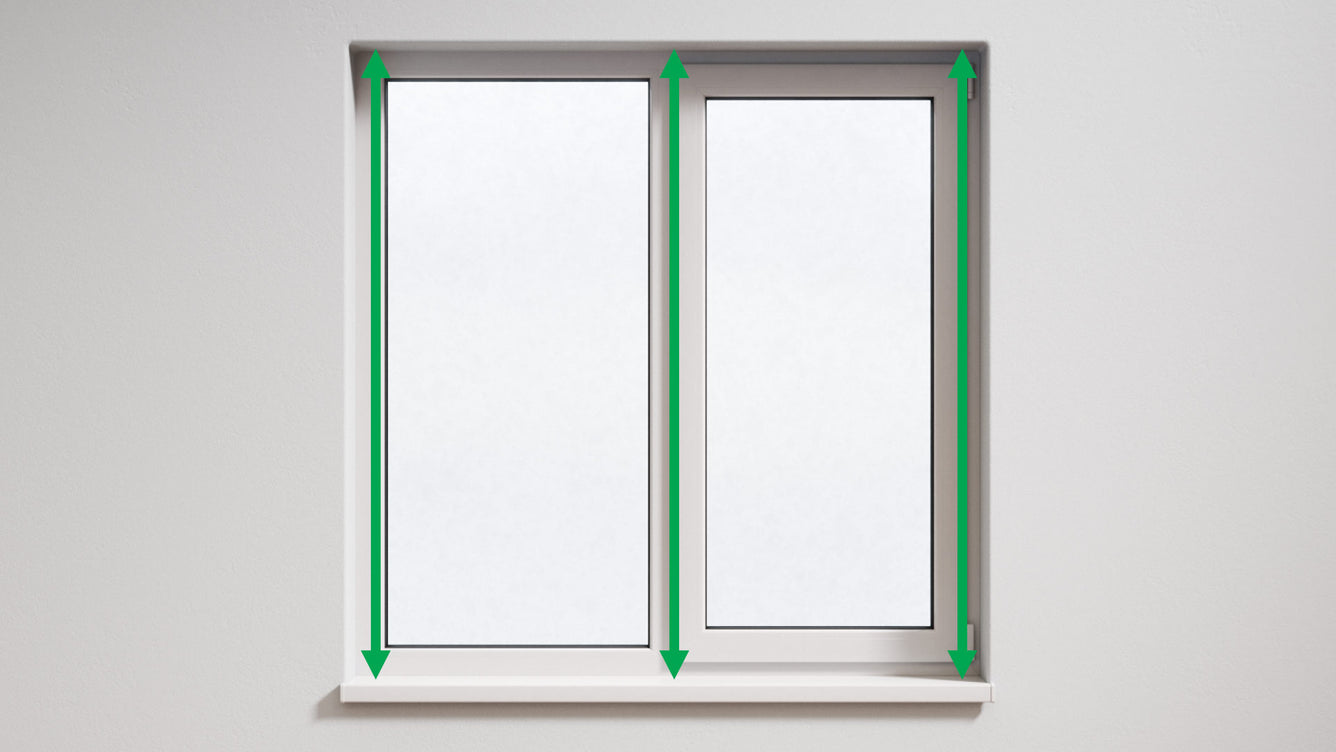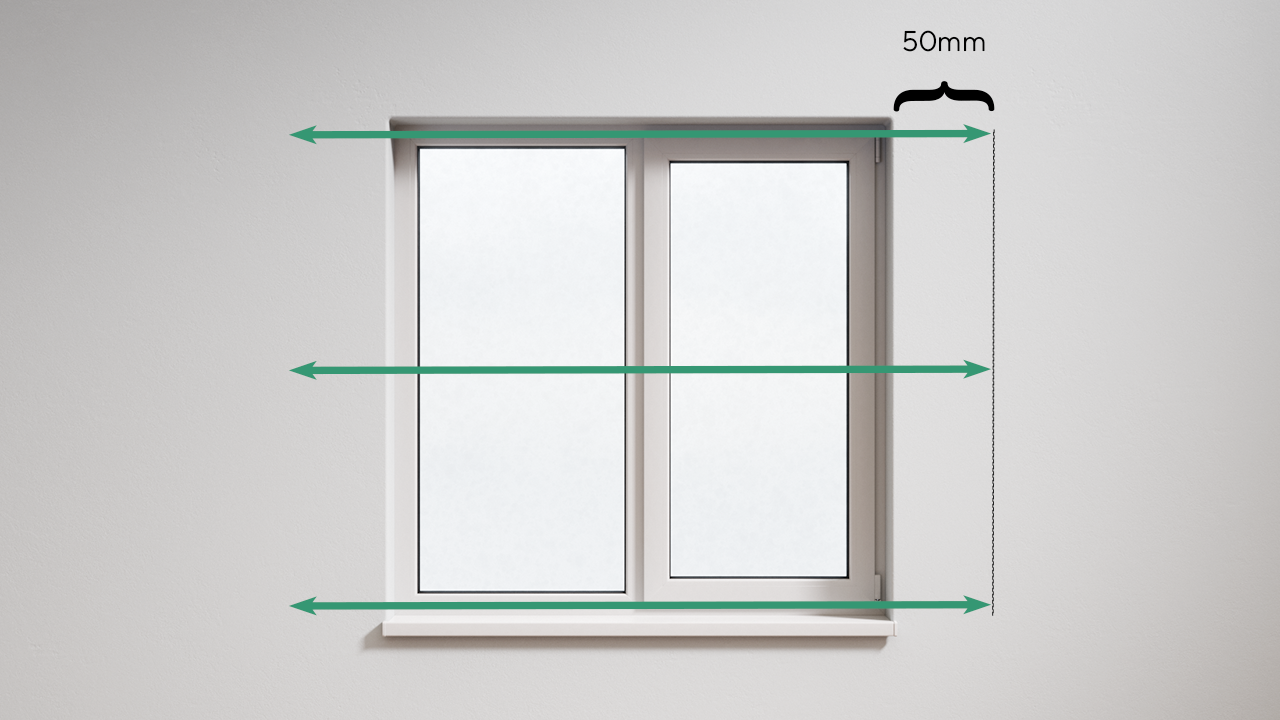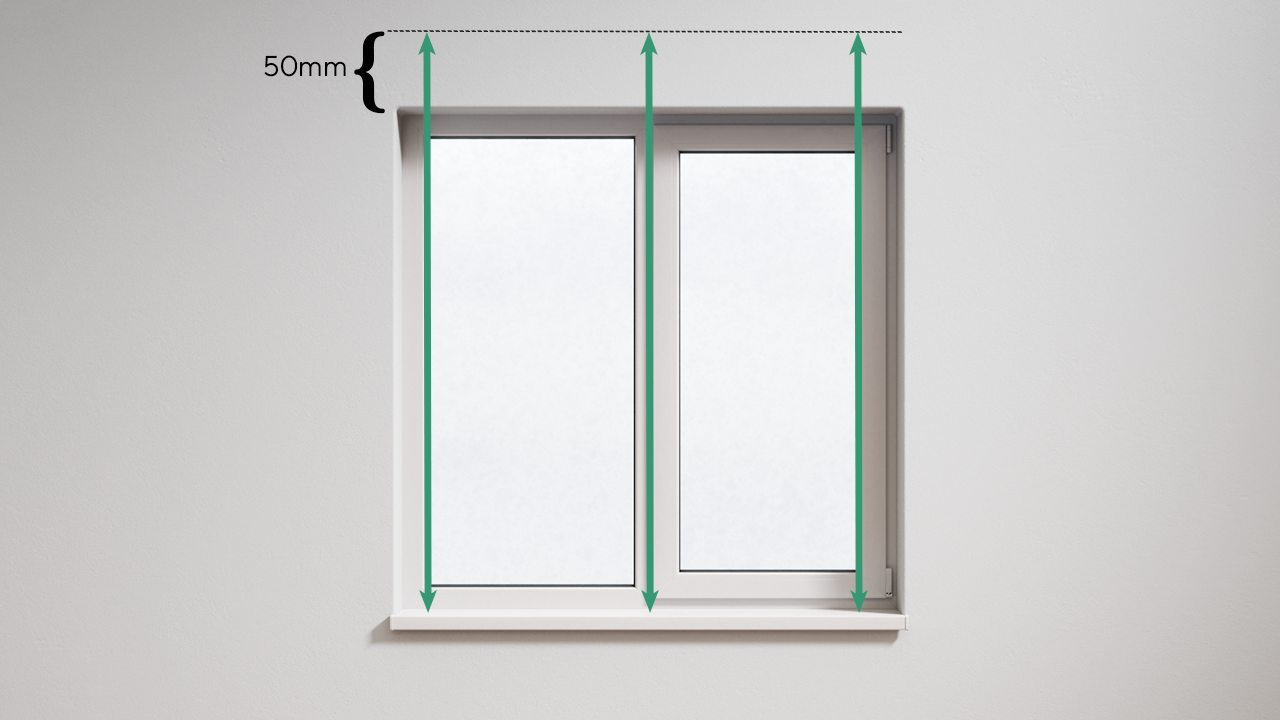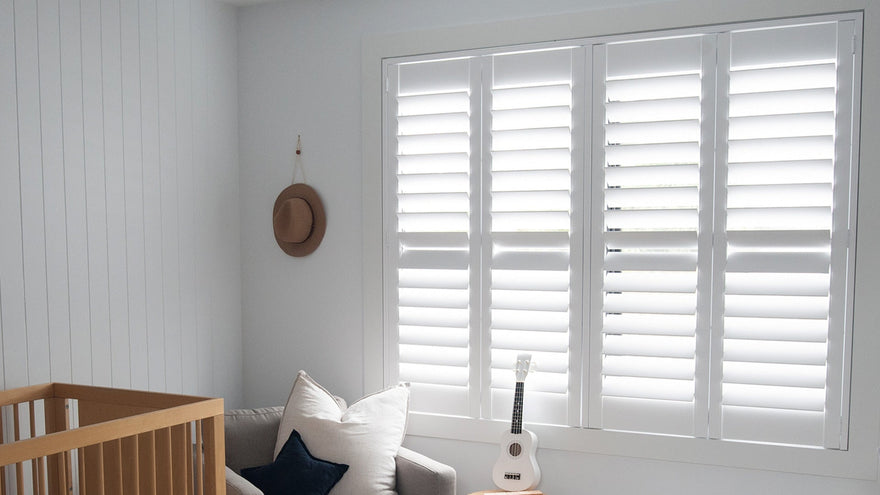blinds
How to measure for Vertical Blinds
Vertical blinds offer excellent night-time blockout and flexible daytime light management. They also thrive when installed in bigger windows or long sliding doors.
But, just before diving into the measuring guide, there are a few key considerations listed below that you may find useful to know about first - just click on any of them to find out more.
After that's done, gather your tools: a metal tape measure, a pencil and paper for jotting down measurements, and if needed, a sturdy step ladder for reaching higher areas.
With everything prepared, let's begin!

